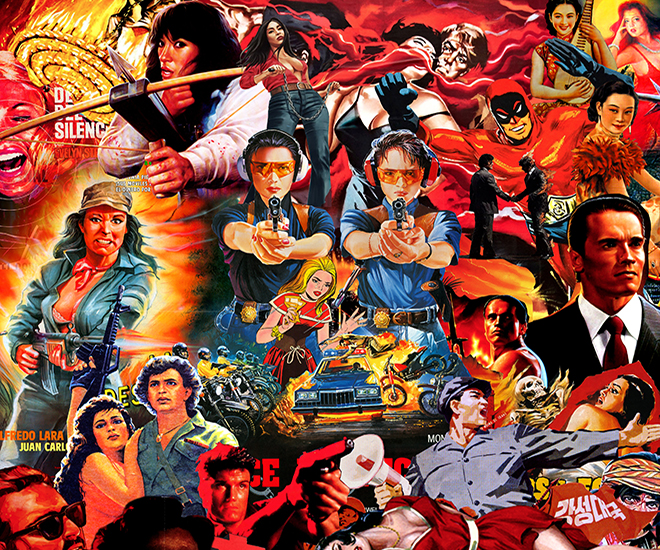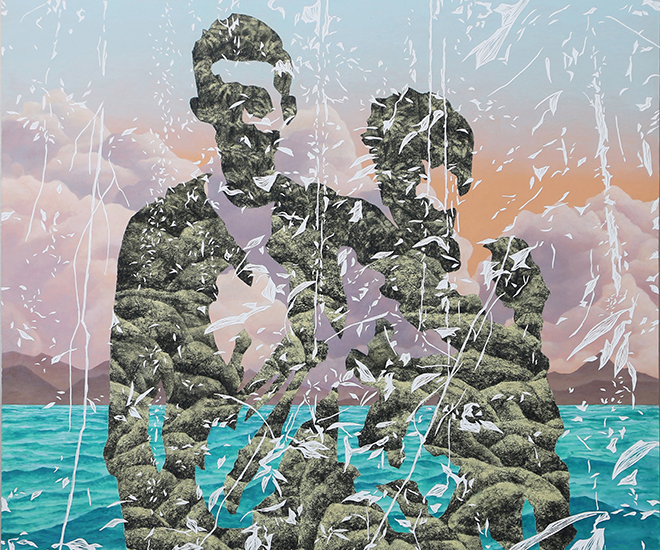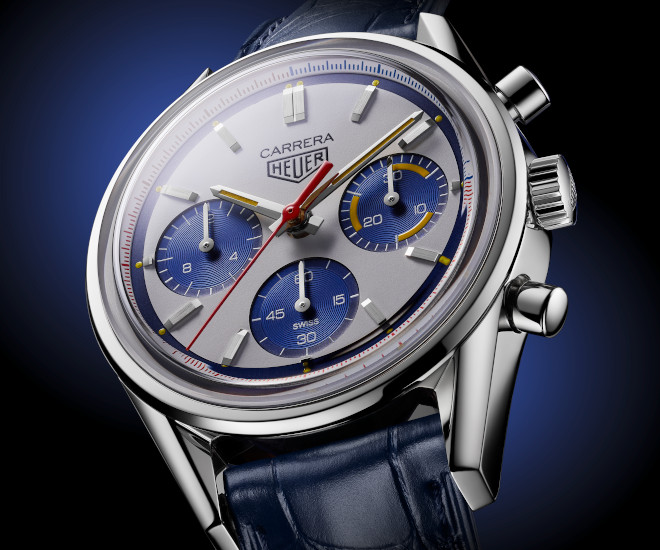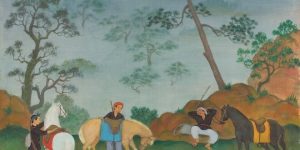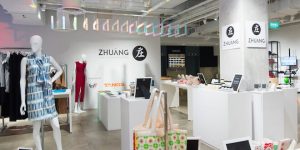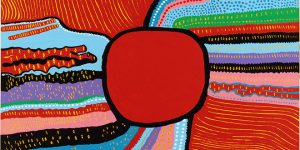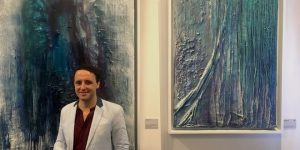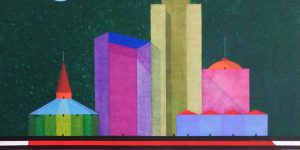The Other Side of the Coin
The fourth edition of the Singapore Biennale titled If The World Changed
The fourth edition of the Singapore Biennale, awkwardly titled If The World Changed, opened on October 26 with more than its fair share of anticipation, skepticism, and criticism. While this biennale is an excellent platform for works by artists not usually seen in the international arena, the two main points of contention that arose are the use of a curatorial committee and the narrowing focus on Southeast Asian contemporary art.
The first issue to be raised is its “curatorium of 27 curators,” as termed by TK Sabapathy, the biennale’s Co-Chair of the Programme Advisory Committee. Biennales in general are headed by a director or a curatorial voice, whose vision would resonate through the entire exposition. Instead, this biennale takes the ‘curate by committee’ approach, with 27 different curators active in the field of Southeast Art working with Project Director Tan Boon Hui and overseen by an advisory committee, which includes current SAM director Dr. Susie Lingham.
This approach resulted in a cacophony of voices. While the title If The World Changed was used, as Lingham described, as the “key hanger”, this curatorial vision was still too vague, and the 27 curators and 82 artists were free to interpret however they wished. As it is, If The World Changed is a misguided concept, since the world is always changing. Whereas biennales generally are steered by a director’s chosen concept, in this case, this biennale has no distinct curatorial direction. This could be due to the stark absence of leadership, charisma or the cult of personality on the part of the organisers to be able to appoint a strong director to undertake the curatorial captainship. Be that as it may, someone in the committee should have stepped up and taken the reins — as the Project Director, Mr. Tan should have directed and steered the biennale towards a more refined direction.
However, he himself was in the process of being ousted as the Director of SAM. Between the bureaucratic reshuffling at the top and lack of initiative for anyone to take control, this biennale is like a junk ship without sails floating aimlessly in the South China Sea.
While there is no one prevalent thread throughout the biennale, there are a few recurring themes in the works. One of them is the concept of identity. Why does Southeast Asia feel the need to define itself? While Southeast Asia constitutes a number of countries, each country differs from the other culturally, economically, politically, and socially; each progresses at its own rate. Each country feels the needs to define itself, and art is the way through which Southeast Asia is being depicted. “The thing that interests me about this is how can Southeast Asia be interesting enough to be a topic for a biennale,” asks Sabapathy. Is Southeast Asian art then a topic of interest to the rest of the international art world? In the end, the two main questions this biennale puts forth is what is Southeast Asia’s relationship to the rest of the world, and how does Southeast Asia want to be seen and represented to the rest of the world?
While Mr. Tan’s defence that a Southeast Asian biennale is necessary to showcase otherwise unrepresented artists, the main beef with this biennale’s focus on Southeast Asian art is that it makes our museums and biennales seem provincial. Imagine if dOCUMENTA declared it would only showcase European artists; the international art world would be up in arms. The issue of focusing on Southeast Asian art is not that the international art world would cry foul. Instead the international art world would probably shrug its shoulders and carry on as if nothing happened. And that’s just it. Nothing of great significance has happened really. The real issue is the direction in which the art community here is heading or wants to head. This biennale is organised by a major museum in a country that wants its museums to be on international standing. We are in a country that wants the rest of the world to know that the art community is not only growing but is also thriving. We are in a country that wants its museums to be recognised by the international art community. By focusing on Southeast Asian art, the museum is giving the impression to the rest of the international art community that this biennale, and therefore this art community, is only interested in its own corner of the world. Is this how we want our museums and our art community to be represented to the rest of the world? If Singapore wants to play with the big boys in the international art world, it needs to think like the big boys in the playground and not stick to its corner of the sandbox.
Eight of the 27 curators are employed by the Singapore Art Museum. The Singapore Art Museum is one that, according to its website, “advocates and presents contemporary art practices of Singapore and the Southeast Asian region.” By being the biennale’s organiser, SAM is pushing its own agenda. Organisation for this edition started as soon as the one in 2011 ended. It was then when Mr. Tan, who was Director of SAM at that time, pushed for a regional exposition. Did his proposal stem from his conviction that Southeast Art needed to be promoted, or was his proposal a reflection of his former job title? Is this biennale simply another one of SAM’s exhibitions in its calendar, one that simply happened to be timed conveniently two years after the last and two years before the next? If this is a biennale about Southeast Asian art, should then this biennale be held in different venues all over Southeast Asia, as Sabapathy suggested? That way, this biennale would not simply seem as a convenient method for SAM to acquire works for its collection at taxpayers’ expense.
Regardless, kudos must be given to the artists and the curators. Despite the lack of directorial leadership, the works in this biennale, in and of themselves, are at a high level of artistic workmanship. One must remember that at the end of the day, it is about the art, and the artists truly delivered. As for the curators, being stuck in the middle between a bureaucratic mandate, or lack thereof, and the artists, they pushed and guided the artists as best they could. The result is that the 27 curators have bonded rather tightly and have formed a camaraderie having gone through the trials of this biennale, says Ark Fongsmut, curator from Bangkok. He further commented jokingly that after the biennale, he plans to organise a football match, the Singapore curators on one team and the rest of the Southeast Asian curators on the other team.
Another praise about this biennale is that we get to see works from artists who are hardly exhibited in the international arena. While this biennale supports and gives a platform to overlooked artists, does this mean that Singapore is afraid to have its artists in competition with other international artists? Did organisers think that international artists would rob the limelight from our own artists? Our artists shine in their own way. I say bring the limelight here! We definitely believe in our artists, and in fact, in the same way, all the artists who participated in this year’s biennale should not be typecast as Southeast Asian; they are international artists and deserve an international biennale in which they deserve to be showcased amongst their international peers.
The biennale will be on view till the 16th of February. I suggest you see it, but remember to think about it in terms of Southeast Asia’s relationship to the rest of the world. For future biennales, I suggest bringing back a strong curatorial directorship with an effort to include an international roster of artists. If it is truly due to the lack of personality, the charisma, and the sexiness needed to direct a biennale, can we rectify that? Will Singapore Biennale 2015 deliver?
Even if all else fails, I look forward to the biennale curators football match.
